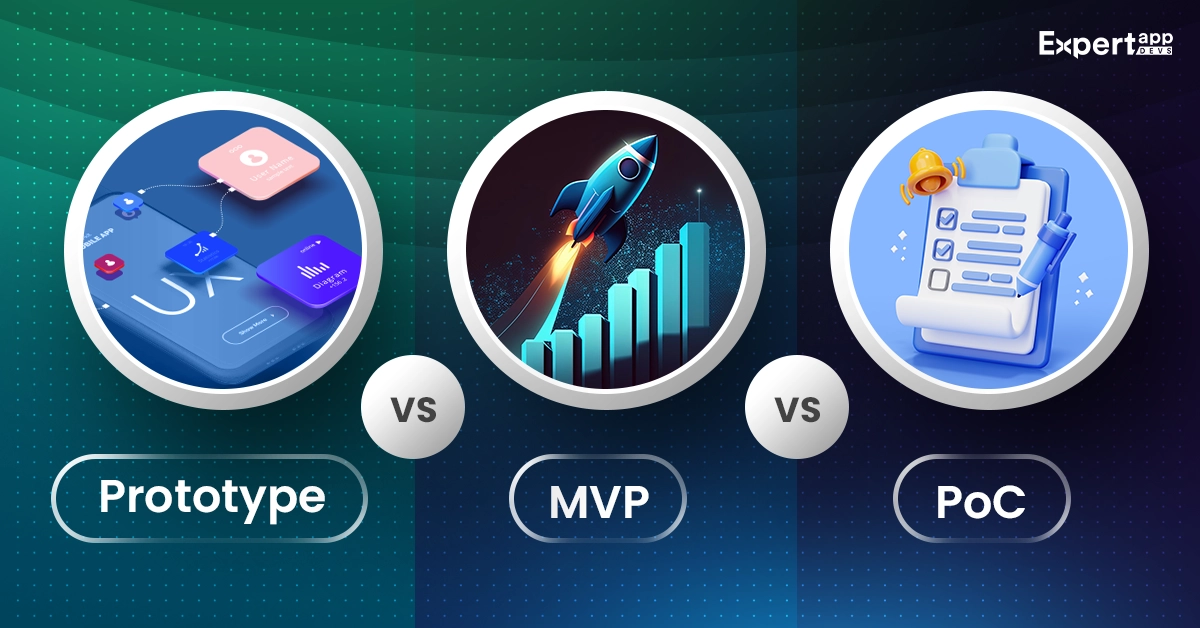Prototype vs. MVP vs. Proof of Concept: Choosing the Right Path for Your Product
Did you know nearly 30,000 products are introduced annually, and a good 95% of them fail? HBS professor Clay Christensen who came up with this result also concluded that ineffective market segmentation and understanding of customers leads to product failures.
Businesses must ensure their products match the needs or expectations of the users to succeed in the digital landscape.
Validation is a crucial and integral part of your product development process. It is pivotal in ensuring the product is aligned with the business goals, user requirements and defined specs.
The purpose of this article is to explore the top methods to validate your product to ensure complete increased satisfaction and retention.
We will be discussing and comparing the top three methods- prototype development, MVP and Proof of Concept.
Product Prototype
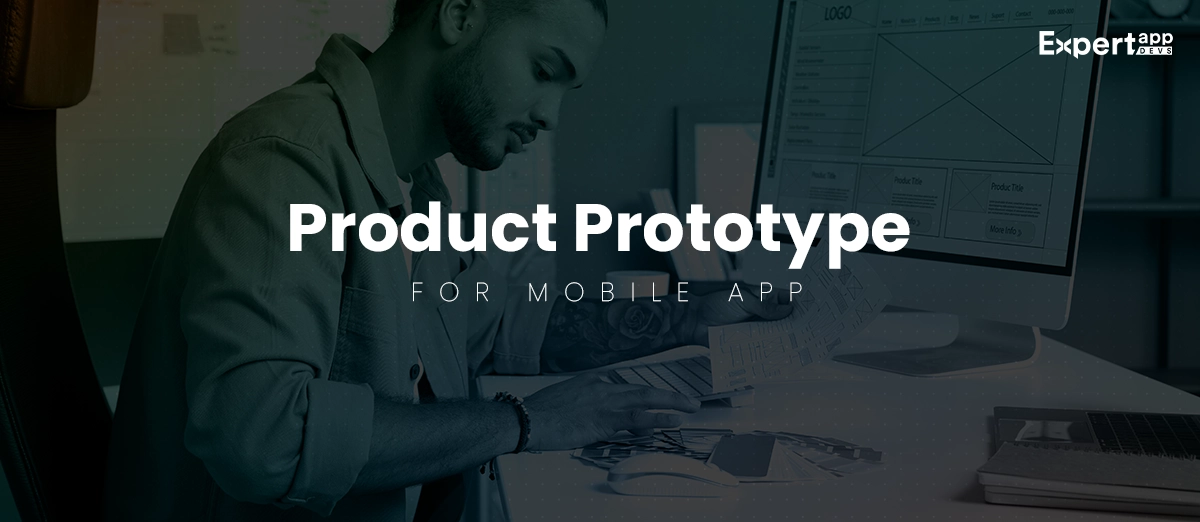
The concept or idea is the first step towards product development. However, will the idea alone let you know if the product will work with your users?
That’s where a prototype can help. It helps you create a visual representation of the product idea. Adding the required features and functionality can help you demonstrate the product idea in the early stages.
Prototype development allows the designers, developers and other stakeholders to visualize the concept. It helps them interact with the product in the digital realm and conclude its usability.
This would help validate whether the product confirms the user’s needs and allow the stakeholders to proceed with the next step.
4 Key Features of Prototype
#1. Demonstrate the Functionality
The prototype for app can help showcase the core functionality of the product. It allows your users and the product builders to interact with the product. You can evaluate the product's abilities and assess the solution to determine its usability.
#2. Crafting a Visual Representation
When creating a prototype, you will add the visual elements that make the product. This includes layout, interface design and other aesthetic elements. It will help you fully visualize the final product before building it.
#3. Interactive Solution
You can make the solution interactive by adding the crucial elements to the prototype. This allows your users to use it. They can navigate through the product by clicking on buttons and other components.
By simulating the user’s journeys throughout the prototype, you can help them understand how the product will look and feel.
#4. Test for Usability
This is the key component of an interactive prototype. It allows you to test the product for usability. You can incorporate the user’s feedback and continuously improve the product to enhance the user’s experience.
The Purpose: of Using Prototype
#1. Validate User Experience
Prototype development allows you to create a tangible digital representation of your user interface.
This simulated environment allows your stakeholders to interact with the interface, assess the user experience and validate the interaction. Your entire team can identify and address the potential issues in the nascent stage.
#2. Facilitate Feedback and Iteration
It helps facilitate the feedback from the stakeholders who use the product. This includes designers, developers and end-users. Using the feedback loop, your team can introduce product improvements and validate the product’s better.
#3. Concept Visualization
Your team will get a visual insight into the product’s design. You can use this simulation to communicate your ideas with the team and clients. It helps them understand the concept better and take the product in the right direction.
#4. Risk Mitigation
You can identify and address the potential risks, including design and technical challenges. As you are aware of the issues in the early stages, you can mitigate them. This happens even before you start building the product for the business.
#5. Technical Feasibility
You can validate the feasibility of the technical solution you are proposing. Using the prototype, you can test all possible cases and assess the product’s performance. It also helps you identify the tech stack for your business in the early stages.
#6. Layout and Design
A prototype is a cost-effective solution that helps you make the right design decisions. The validation process reduces the need for expensive modifications while developing the product.
#7. Usability Testing
You can test the product idea for usability which helps designers plan the interactions. You can check the usability of the product and identify pain points to improve the interface design.
Examples of Successful Prototypes
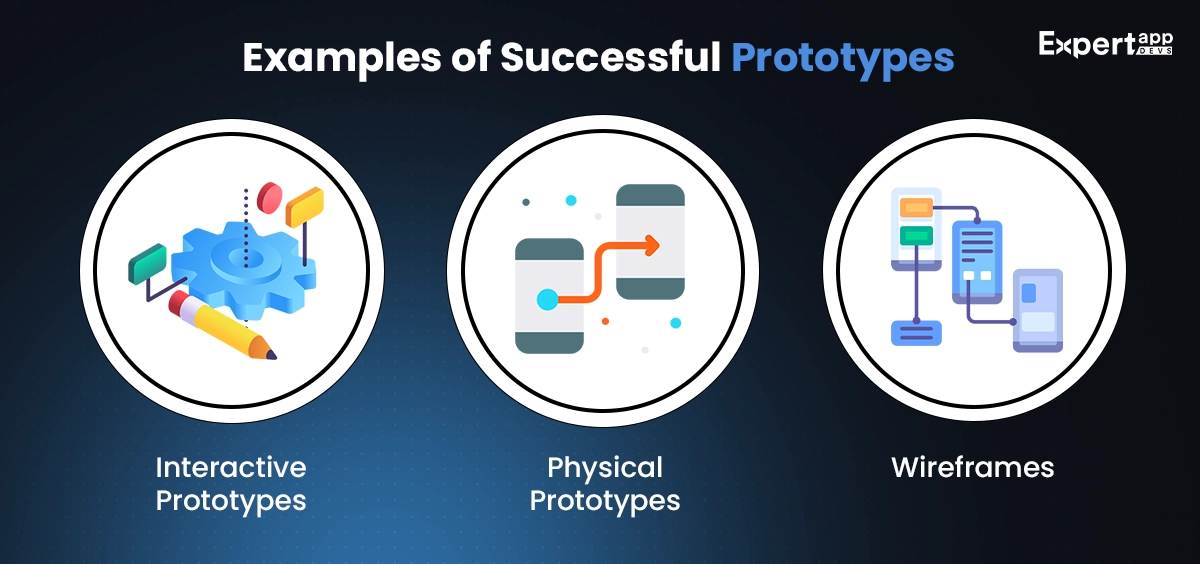
#1. Interactive Prototypes
They are the digital version of the product that gives a more dynamic and realistic experience to the users.
#2. Physical Prototypes
They are the mock-ups or actual models of the product idea that comprise hardware and other technical components.
#3. Wireframes
The simple representation of your structure and layout. This is devoid of intricate design solutions.
Pros and Cons
|
Pros |
Cons |
|
It helps identify design flaws, functionality and usability issues. |
Developing a prototype can be time-consuming when incorporating intricate details. |
|
You can ensure transparent communication via a visual reference for completely aligned product development. |
You may misinterpret the concept, which can result in an inaccurate representation of the product. |
|
Each iteration and refinement of the product is cost-effective. It can save a lot of time. |
It can be a resource-intensive task to build the prototype and validate the product. |
Building a Prototype: The Way Forward
Prototype development involves specific tools, best practices and methods that help deliver effective solutions. We will look at the top tools, methods and types of prototypes in this section.
Tools and Design Methodologies
- Prototyping Tools: You can use different prototyping tools like Figma and Sketch to create interactive solutions. These tools facilitate collaboration and access to feedback that helps with continuous product improvement.
- Design Thinking: You can use design thinking tools to understand the users better. It also helps you plan creative solutions and iterate prototype development. You can build an effective and user-centric tool.
Best Practices for Prototype Development
- Involve the Users: You can introduce the end users in the early stages of product development. This helps you gather feedback. You can also build a prototype aligned with the user’s expectations or preferences.
- Iterative Development: You can take the iterative development route to improve your product continuously. You can align the product with the user’s expectations with each iteration.
Methods for Prototype Development
- Rapid Prototyping: This method allows you to explore diverse design ideas and gather feedback from users. You can quickly build and discard prototypes till you get a user-centric final product.
- Wizard of Oz Technique: This method allows developers to simulate a few products manually. This would help assess the interactions without implementing the features into the product. You can check if the users desire to use these features and develop feasibility.
- Extreme Prototyping: You use this method to build a basic and functional prototype easily. Going forward, you can use the feedback and evolving requirements to refine the final product. You can implement rapid iteration for this purpose.
- Evolutionary Prototyping: You use this method to refine and augment the basic product prototype. You go through an iterative development approach to incorporate the feedback and develop the prototype.
- Paper Prototyping: This is a low-fidelity prototype development method where you use sketches or paper cut-outs to define the interface elements. You can use this approach for collaborative design.
- Simulations: The simulation or mathematical model can help you represent the product elements. It can help you define, test and validate the physical aspects and interactions of the product.
You must choose a prototype type that fits your goals and aligns to develop the prototype.
Types of Prototypes
Here are all the types of prototypes you can build to represent your concept and enhance visibility.
- Low-fidelity Prototype: This is the most basic version of the product where the stakeholders focus on delivering the structure and functionality. It can range from sketches to digital wireframes.
- Wireframe: Wireframes provide a static roadmap that presents the layout and structure of the product. It is just the screen design without the interactive elements.
- Interactive Prototype: When you add interactive elements to your static design framework, you create an interactive prototype. It can help simulate the user journeys to design for the different behaviours.
- Digital Prototype: You can utilize tools like Figma, Sketch and Adobe XD to develop interactive and realistic representations of the product vision. These tools can help in developing the user interface and functionalities.
- High-Fidelity Prototypes: This is a detailed prototype development approach where you add all elements that closely resemble the final product. You can implement design, interactions and functionality to the minutest detail in this prototype method. You can easily use the approach to demonstrate the functionality.
- Functional Prototypes: You can use this approach to duplicate the features and interactions into the final product. This will be useful in demonstrating the functionality.
- Mockups: This is a detailed visual illustration of the product that will showcase the look and feel of the interface design.
Minimum Viable Product
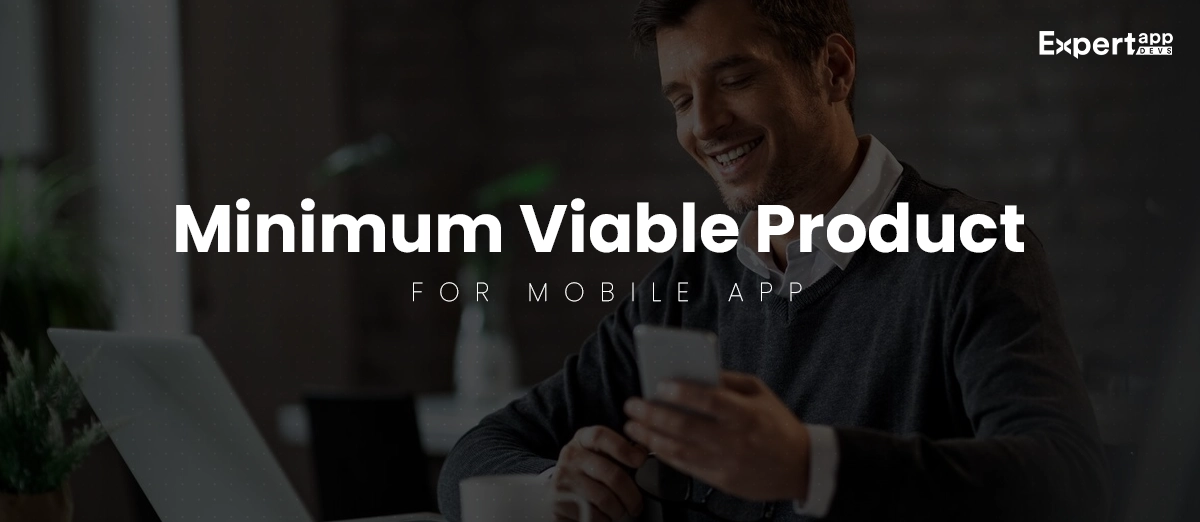
MVP is the most significant part of product visualization. You will develop an early-stage product with the basic features/functionality to build the product.
You can use the MVP strategy to gather feedback from users to improve the product for rapid launches. It helps with rapid testing and iterative development, which ensures you can deliver value to the users.
5 Key Features of MVP
#1. Core Functionality
The approach focuses on delivering value by identifying the basic user needs and problems. It is used to build a product that encompasses the core features.
#2. Integrates User Feedback
You can use this approach to gain access to feedback from real users. It will help you plan the future roadmap for this product.
#3. Lean Development
This approach follows a lean method, which means fewer complexities and features. As a result, you can optimize resource utilization and streamline the processes.
#4. User-centric Design
User experience is core to MVP design. You can prioritize an intuitive and positive experience from the start. This can help improve interactions.
#5. Testing Hypotheses
You can use MVPs to test the hypotheses about the target market. You can also use it to validate the assumptions about user behaviour and product-market fit. As a result, you can develop a product for real-world interactions.
The Purpose of MVP
There are diverse strategic objectives of product development that help in defining the perfect MVP solution for your business.
#1. Concept Validation
You can use MVP to test and validate the feasibility of your product idea or concept in the market. It helps assess and identify the need for your product in the market.
#2. Faster Deployment
You can launch your products to the market faster with this approach. It assures a competitive edge to your business in this niche.
#3. Iterative Development
You can ensure continuous product improvement based on user feedback. With each iteration, you can align the final product to meet your end users.
#4. Risk Mitigation
You can identify and address the potential risks or challenges in the early stages of product development. This can help implement desired resources for full-scale product development.
#5. Product-market Fit
You can determine the product’s fit in the desired market. you can gain insights into the product’s needs and user preferences for complete development.
#6. Market Testing
You can use the MVP as a testing ground to gain product acceptance in the market. You can understand the user’s behaviour and gain data-backed decisions to unveil the future roadmap.
Case Studies for MVP
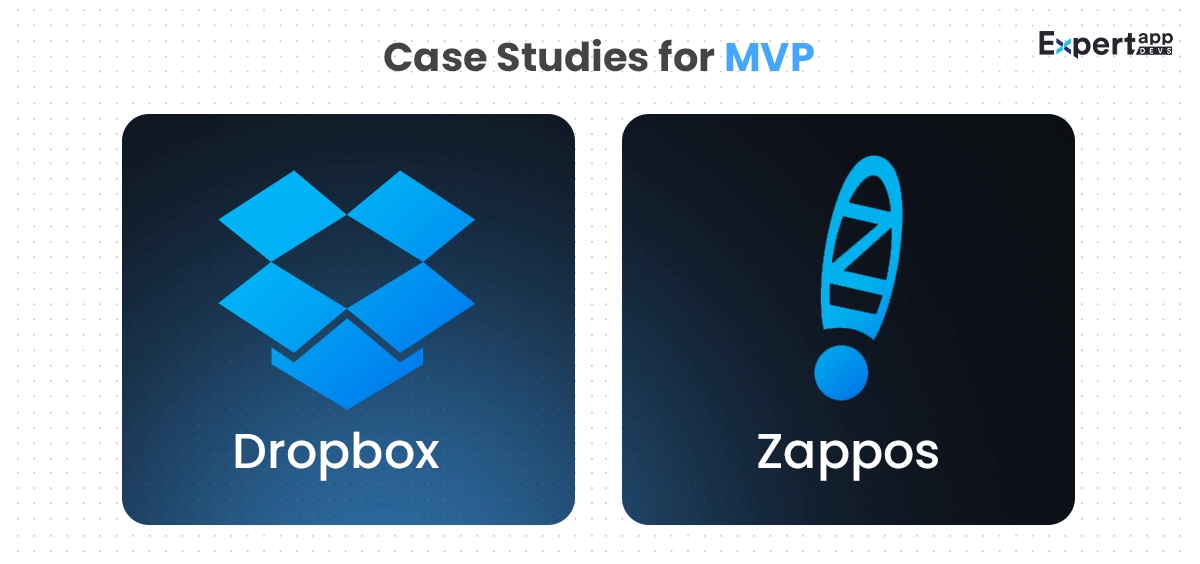
#1. Dropbox
This exceptional file-sharing product started as an MVP. They used the basic file sync feature to get started with the product development.
#2. Zappos
The online shoe retailer started as an MVP by adding the functionality of taking shoe pictures and posting them online. They started as a proper online store after gaining validation from the market.
Pros and Cons of MVP
|
Pros |
Cons |
|
You can validate the business idea before diving into full-fledged development. |
It focuses on minimal features. However, you may not be able to test all the functionalities, which limits your testing ability. |
|
The iterative development allows you to continuously develop and improve the product using the feedback. |
Your users may expect specific features in the application. However, MVP may not be able to include them, thus disappointing users. |
|
This method helps save costs while developing a product and testing it. |
Your competition may offer more robust solutions as compared to yours, which can be a limitation. |
Building a Minimum Viable Product (MVP)
Know the best practices, perfect tools and types of MVP to help you build the ideal solution for product-market fit.
Tools for MVP
- Figma: This collaborative design tool helps create interactive prototypes. You can create iterative designs to help designers and developers plan a full-fledged product.
- InVision: This is an incredible prototyping and collaboration tool that allows designers and developers to create interactive and animated prototypes. You can ensure seamless communication within the team using this tool.
- Sketch: This is a vector graphics editor tool that most designers use to craft interfaces. It is a simple and user-friendly tool that enhances visual MVP development.
- Adobe XD: This design tool allows you to include interactive prototypes for business needs. It can integrate with other Adobe tools for collaborative workflows.
Best Practices for MVP
- You must define and prioritize the core product features aligned with the user’s needs. Ensure adding features that solve the user’s pain points.
- Follow lean development principles to eliminate unnecessary functionality and complexities. You can use the method for quick value addition.
- Ensure adding feedback loops that help gather user’s insights and interests. This can help improve the product and ensure a refined final solution.
- Adopt the agile methodology for flexible and collaborative application development. You can easily adapt to the evolving business needs.
- Build cross-functional teams for holistic goal definition and requirement understanding. It can help streamline the design and development processes.
Types of MVP
- Concierge MVP: You can extend a hands-on product experience using manual methods to provide the interaction. It will help validate the product-user fit before automating the different elements.
- Landing Page MVP: This approach allows you to describe the product with a CTA to gauge the end user’s interest in the product. You can use the metrics such as sign-ups and clicks to determine the demand.
- Piecemeal MVP: You can create a minimal version of the product using third-party tools or services. You can use piecemeal methods for rapid development and testing.
- Crowdfunding MVP: Crowdfunding platforms are added to present the product vision to the users. You can use the crowdfund to validate the product and develop it as well.
- Pre-sell MVP: You can provide a pre-sale product before you start working on the product. You can use this approach to validate the product demand and acquire initial users for revenue generation.
READ MORE: The Pros and Cons of Outsourcing MVP Development
Proof of Concept
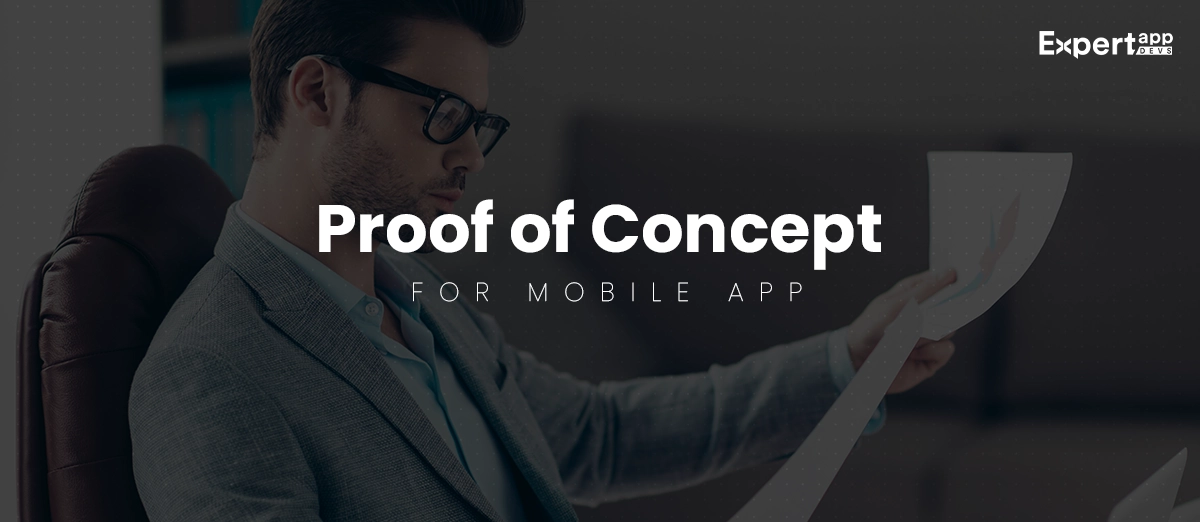
Proof of Concept is similar to a prototype that demonstrates whether developing an idea or concept is feasible. You can use this approach to gather evidence on the usability and market readiness for the idea or proposed solution.
You can use this approach to test the waters with the specific problem you have identified and achieve the defined user goals.
4 Key Features of Proof-of-concept
#1. Limited Scope
When developing the product concept, you can focus on specific areas or features/functionality.
#2. Rapid Development
You can check the feasibility of this concept before investing time/resources in full-fledged development.
#3. Minimal Resource Utilization
You can develop the crucial product components without utilizing extensive resources or investing a lot of time.
#4. Experimental Approach
It allows you to incorporate and validate the new technologies or functionality before finalizing product development. You can use this approach for sustainable development.
Purpose of Proof-of-concept
#1. Technical Feasibility
You can use this approach to determine the technical feasibility of the proposed concept or solution. you can practically demonstrate the idea using the defined technologies, methodologies and approaches.
#2. Risk Mitigation
You can identify and address the potential issues in the concept and development during the early development stages. This helps mitigate the issues before planning full-scale development or implementation. You can minimize the issues that will likely hinder the development processes in the later development phases.
#3. Concept Validation
You can validate the concepts and determine if the users need them using this approach. It can also confirm if the proposed technology and solution are aligned with the business goals and objectives.
#4. Performance Assessment
You can evaluate the performance of the proposed idea using this approach. Check if the application meets the speed and scalability requirements. you can also assess the other performance metrics using the proof-of-concept approach.
#5. Decision Support
You can use the proof-of-concept to gather user insights and make informed decisions concerning your idea or concept.
#6. Tech Selection
You can define the tech stack and solution development methodologies using the proof-of-concept method. You can use this approach to align your tech stack with the development needs.
#7. Market-fit Consideration
Check if your product is fit for the target market. You can determine if the product solves the user’s issues. It will also help to know if the market is ready for the product.
Top Examples of PoC
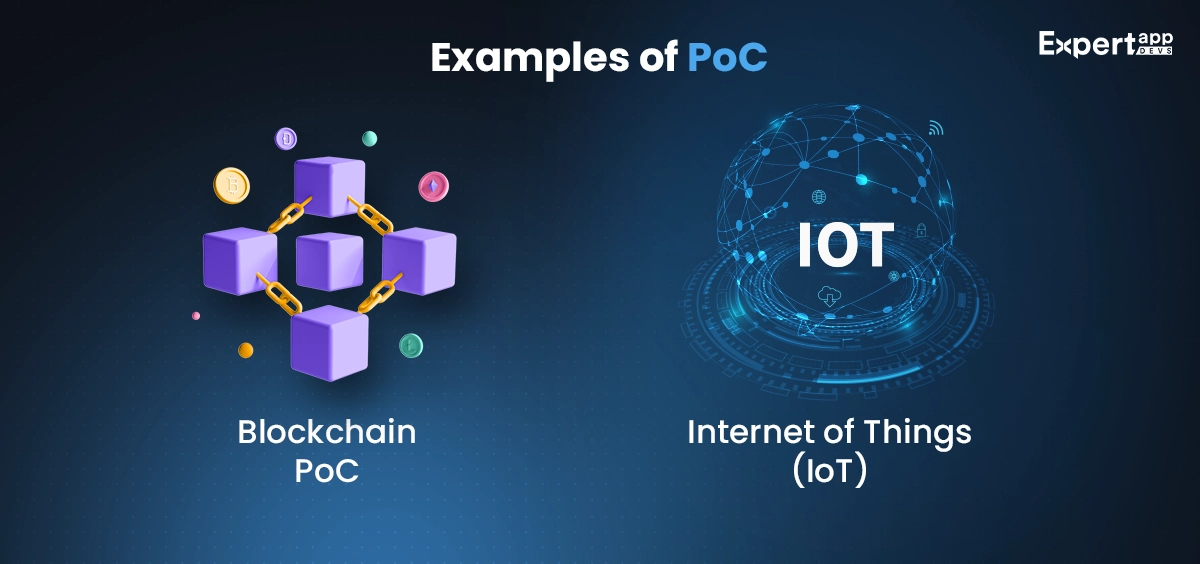
#1. Blockchain PoC
A business can use PoC to explore Blockchain app development in their systems to validate how a decentralized ledger can help.
#2. Internet of Things (IoT)
IoT app development can manage the PoC approach efficiently. You can check how IoT devices can easily collect or transmit data for best monitoring and optimization strategies.
Pros and Cons of PoC
|
Pros |
Cons |
|
You can use PoC to determine technical and operational risks. It can help you plan a full-fledged development. |
PoCs are built to craft specific functionalities. However, PoC may not completely guarantee project success. |
|
PoC offers a limited scope and is cost-effective. You can gain a complete understanding of the product's feasibility without spending a lot of money. |
You may overlook specific non-technical factors that impact project success. This will include market demand or user acceptance. |
|
It helps you gather maximum insights into the product to help make informed development decisions. |
Building the Proof of Concept
You can use specific tools, practices and PoC types to illustrate your idea and gain market validation.
Tools for PoC
- Development Frameworks: You can use frameworks such as React, Angular, Flask or Django to build the software frontend or backend.
- Data Visualization Tools: You can use tools like Tableau, Power BI and Matplotlib to craft visualizations and gather data-related insights.
- Rapid Prototyping Tools: Figma, Sketch and other prototyping tools can help you plan and build the user interface. You can also use it to create interactions.
- Database Management Systems: Database systems like MySQL, PostgreSQL and MongoDB can improve your data storage needs.
Best Practices for PoC
- You must define the PoC objectives including the technical details and functionality while planning your concept development.
- Make sure to keep it simple and specific. This would eliminate the unnecessary complexities and avoid adding useless features during validation. You can enhance the entire process.
- You must use the iterative development route to gather user feedback and improve the product continuously.
- Develop a cross-functional team that can help you gain a holistic vision of the proof-of-concept goals. It can help you gather insights from different stakeholders for the best product development.
- Ensure to incorporate scalability aspects so that you can build a full-fledged solution with the right technologies and architecture.
Types of Proof-of-concept
- Technical PoC: You can determine the technical feasibility of the proposed concept while planning the integrations or system architecture. You can even check if the systems and technology are compatible with the existing solutions.
- Operational PoC: This approach will help determine the operational feasibility of the workflow processes and user interfaces. You can determine if your solutions can operate seamlessly in the real world.
- Functional PoC: You can build a solution that emphasizes the functionalities of the solution. You can plan the features and check if they align with the defined goals.
- Market PoC: Check the viability of the product/service in the market. You can use this approach to present a solution in sync with the user’s needs to gain access to feedback. It will help assess the market demand.
Prototype vs PoC vs MVP
|
Criteria |
Prototype |
Proof of Concept |
Minimum Viable Product |
|
Purpose |
Explore design and software functionality |
Validate the technical feasibility |
Test the core functionalities and market acceptance |
|
Development Stage |
For the early design phase |
Pre-development and technical validation |
A software developed with the core features to test the target market |
|
User Interaction |
Minimum user interaction |
Limited interaction with users |
User interaction at the max to gain feedback and insights |
|
Time-to-market |
A longer timeline for final product development |
Early stage development. May not include all essential features |
Quick development |
|
Development Cost |
Low-cost development owing to limited features |
Moderate development cost for technical feasibility |
High cost as it involves interaction features |
|
Risk Mitigation |
Detects software flaws in the early stages |
Validates the technical possibility |
Mitigates market risks by testing market acceptance. |
Decision-making Considerations
#1. Project Goals
- Prototype: It is ideal for projects where you want to define the design and functionality.
- PoC:: It is best fit for projects where you want to conduct technical validation or feasibility.
- MVP: It is best suited for projects where you want to test the core functionality and ensure market acceptance.
#2 Time Frame
- Prototype: It is easier to develop and is quite an accurate approach for short-term projects.
- PoC: Timelines vary depending on the technical complexities. You can use it for early-stage product development.
- MVP: Your team may take a while before they build the MVP that can help with market testing.
#3. Resource Availability
- Prototype: You would need fewer resources from the design and development teams.
- PoC: It is a resource-intensive approach, where you need technical experts and infrastructure.
- MVP: You may need to allocate sufficient resources for development, testing and collecting user feedback.
#4. Risk Tolerance
- Prototype: It is a low-risk option where you can explore the design aspects of your idea before committing to full-fledged development.
- PoC: It is a moderate risk option where you might face technical uncertainties.
- MVP: It is a high-risk development approach, where you allocate resources to validate the solution.
#5. Key Evaluation Metrics
- Prototype: The prototype success is defined by design validation, clarity of the concept and stakeholder feedback.
- PoC: Technical feasibility, viability and risk mitigation are the core metrics to determine success.
- MVP: User satisfaction and market acceptance are the key metrics that define the success of MVP.
Best Practices for Product Validation
When you implement the product development best practices, you can ensure product success in the market.
#1. Define Clear Objectives
You must define the goals and objectives before proceeding with the product validation process. It can help you identify the outcomes of your validation process. You can also identify the specific elements of the product that you wish to validate.
For instance, you may want to determine if the product meets the user’s needs or market demand. It is also possible you want to check the technical feasibility of the product.
#2. Determine the Target Audience
You must have a defined target audience for your product. It is crucial to define them in the early stages. This would help you plan the representatives for the product validation or testing. You can find someone who matches the user base you have defined for the product.
#3. Assign Multiple Validation Techniques
You must always use a combination of validation methods to determine the product’s acceptance. You can use these diverse methods to identify the strengths and weaknesses of the product.
#4. Iterative Testing
Iterative development allows you to gather feedback from real users of your target market. You can use these insights to make the necessary product adjustments and improve the product continuously.
#5. Prototype Testing
You must always develop prototypes or mockups as a way to gather feedback. This can help identify the issues in the early stages before proceeding with full-scale development.
#6. Real-world Environment
You must test the product in a real-world environment. You can use simulations to duplicate the transactions or software usage. It can help you gather insights into user behaviour and product performance across environments and situations.
#7. Measure User Engagement
You must track the user engagement metrics and analyse them to gather insights on how users interact with the product. You can use other top metrics like user retention, time spent and feature usage to understand the engagement.
#8. Cross-functional Collaborations
You must combine the user opinions & preferences with the user metrics plus analytics to understand the product’s performance.
#9. Competitor Analysis
You must conduct a detailed competition analysis to understand how the product stands out amidst competition. You can use the features and market positioning as possible differentiators.
Emerging Technologies and Future Trends
As the technology landscape evolves, you will notice several emerging technologies and trends augmenting the development process.
#1. Artificial Intelligence and Machine Learning
Integration of AI and ML in your prototype or MVP development can enhance predictive analytics and personalization. You can also induce automation. It helps enhance the efficiency and user interactions.
#2. Internet of Things and Connected Devices
The proliferation of IoT devices has led to increased connectivity and impressive data exchange. Moreover, it can offer real-time insights and enhanced user experiences.
#3. Augmented Reality and Virtual Reality
This will help create immersive design and testing experiences. AR can help with product visualization and maintenance. VR can help craft prototypes and simulations.
#4. Blockchain Technology
You can use Blockchain technology to deliver secure and transparent transactions. It can also implement the supply chain for authentic and traceable transactions. You can also use smart contracts for automation.
#5. Biotechnology and Health Tech
Integration of biotech and health tech to deliver personalised healthcare solutions. Wearable devices can implement preventive care. You can also implement advancements in telemedicine and remote patient monitoring.
#6. Edge Computing
It helps with data processing and minimizes latency. It can improve data security and privacy. You can use it to build real-time analytics in applications.
Ethical Considerations
#1. User Privacy and Data Security
- Extreme transparency in user data management. It takes into consideration consent and disclosure.
- You can implement robust security protocols to prevent unauthorized access.
- You must adhere to the regulations such as GDPR and CCPA.
#2. Bias and Fairness in AI Algorithms
- Identify and rectify the biases in AI models for best risk mitigation solutions.
- You can conduct regular audits or assessments for fair decision-making.
- You must stay committed to ethical aspects while defining algorithms.
#3. Accessibility and Inclusivity
- Design the products while focussing on inclusivity and user requirements.
- You must ensure complete accessibility. Make sure to test the applications for the same.
- Prioritize the features that ensure complete usability for diverse user types.
Frequently Asked Questions
#1. What is the Primary Purpose of a Prototype?
✓ Prototypes can help you validate the design and functionality in the early stages of development. You get a tangible understanding of the product idea.
#2. How Does MVP Differ From a Prototype?
✓ A prototype focuses on design exploration while the MVP is a functional product version. The MVP will include all the core features and functionality to test the software for real-world environments.
#3. What is the Key Objective of Defining Proof of Concept?
✓ Proof of Concept is best fit to validate the technical feasibility of the product idea. It can also help identify and address the potential risks and challenges.
#4. When Should You Go with a Prototype instead of an MVP?
✓ You can choose a prototype to explore the design and concept. This can help you decide if you want to opt for a full-fledged solution.
#5. What Role Does Feedback Play in MVP Development?
✓ You must emphasize user feedback while planning the MVP. It can help you improve the functionality while ensuring market acceptance. You can follow iterative development for the best results.
Conclusion
This article explored the differences between proof-of-concept, MVP and prototype approaches to validate the product and progress with the development. Each approach has its pros and cons. MVP can help you create an interactive product aligned with the user’s needs. It is more of a first version of the application.
Proof of concept and prototype approaches are static product development approaches, where you do not integrate interactions. These development approaches don’t incorporate the feedback loops to understand the users. However, prototypes can help check the technical feasibility while proof of concept can identify and address technical complications.
Expert App Devs offer end-to-end mobile app development services in United States, United Kingdom, United Arab Emirates and Saudi Arabia. We can help with the validation of the solution and the proper execution of your application. Connect with our team with your idea and let us help you validate the solution in the target market. We offer remote dedicated resources from India.
 Jignen Pandya
Jignen Pandya
